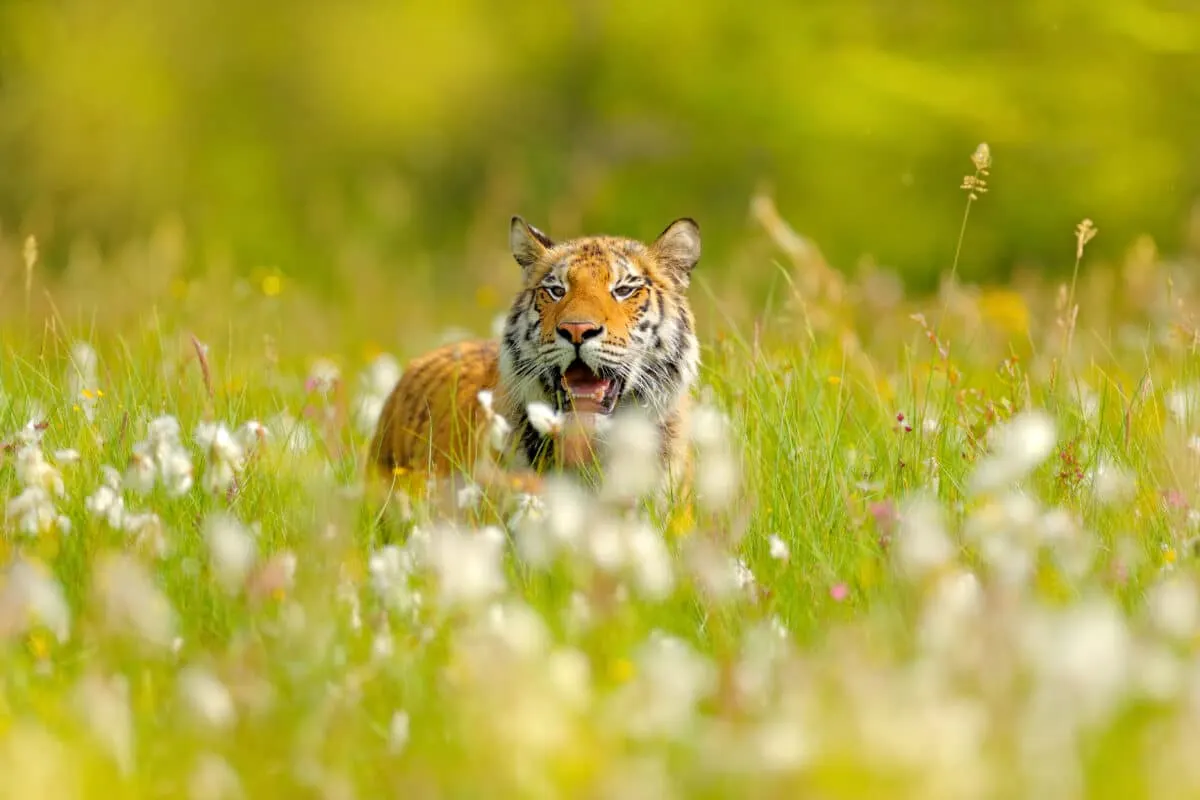Siberian tigers, also known as Amur tigers, are among the most magnificent and elusive big cats in the world. Here are 20 fascinating facts about them that most people don’t know.
1. Largest of All Tigers

Siberian tigers are the largest subspecies of tigers, with males weighing up to 660 pounds and measuring up to 11 feet from nose to tail.
2. Thick Fur for Harsh Winters
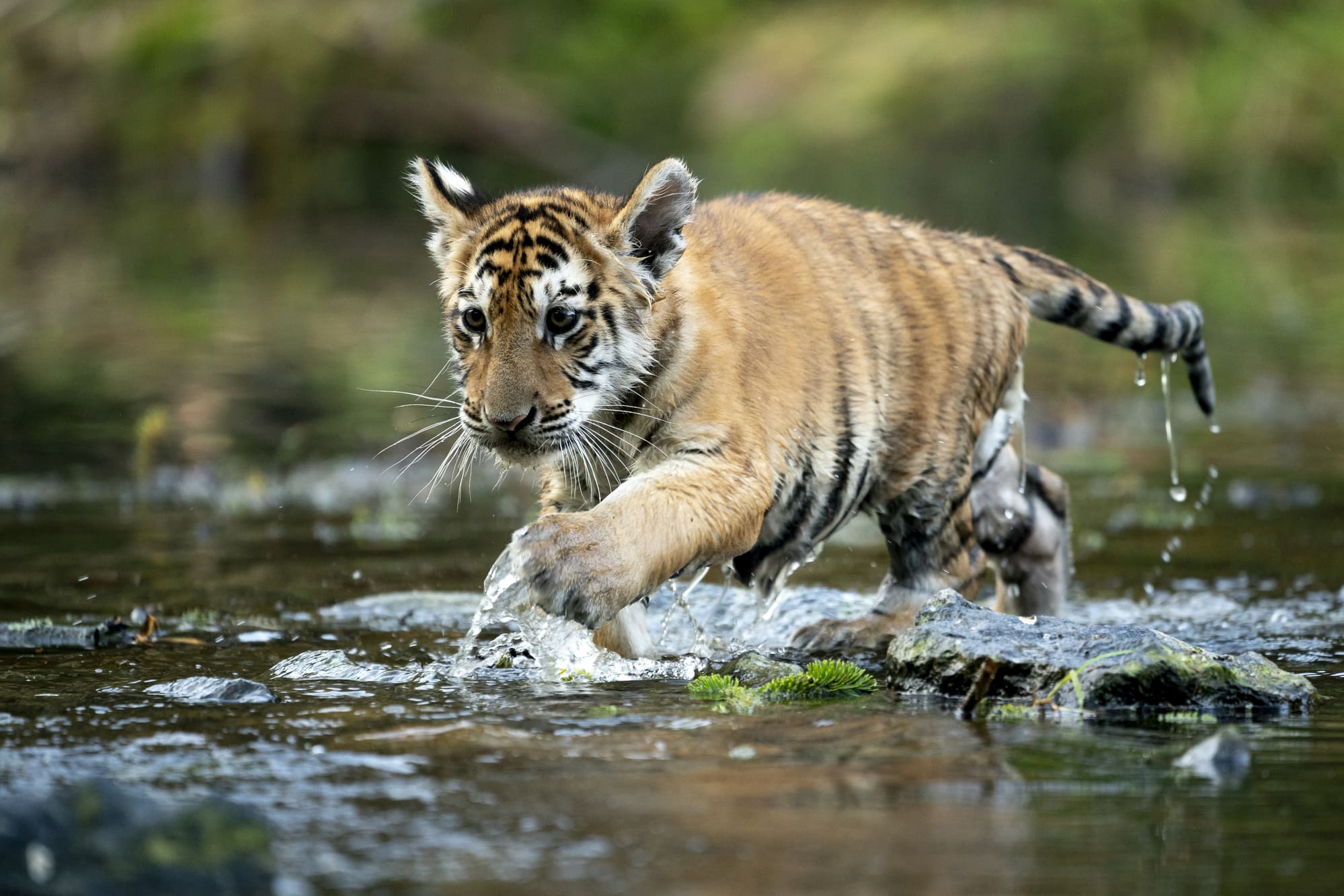
Their thick fur, which can be over an inch long, helps them survive the harsh, cold climates of their habitat in the Russian Far East.
3. Smaller Population

There are only about 500-600 Siberian tigers left in the wild, making them critically endangered.
4. Solitary Animals
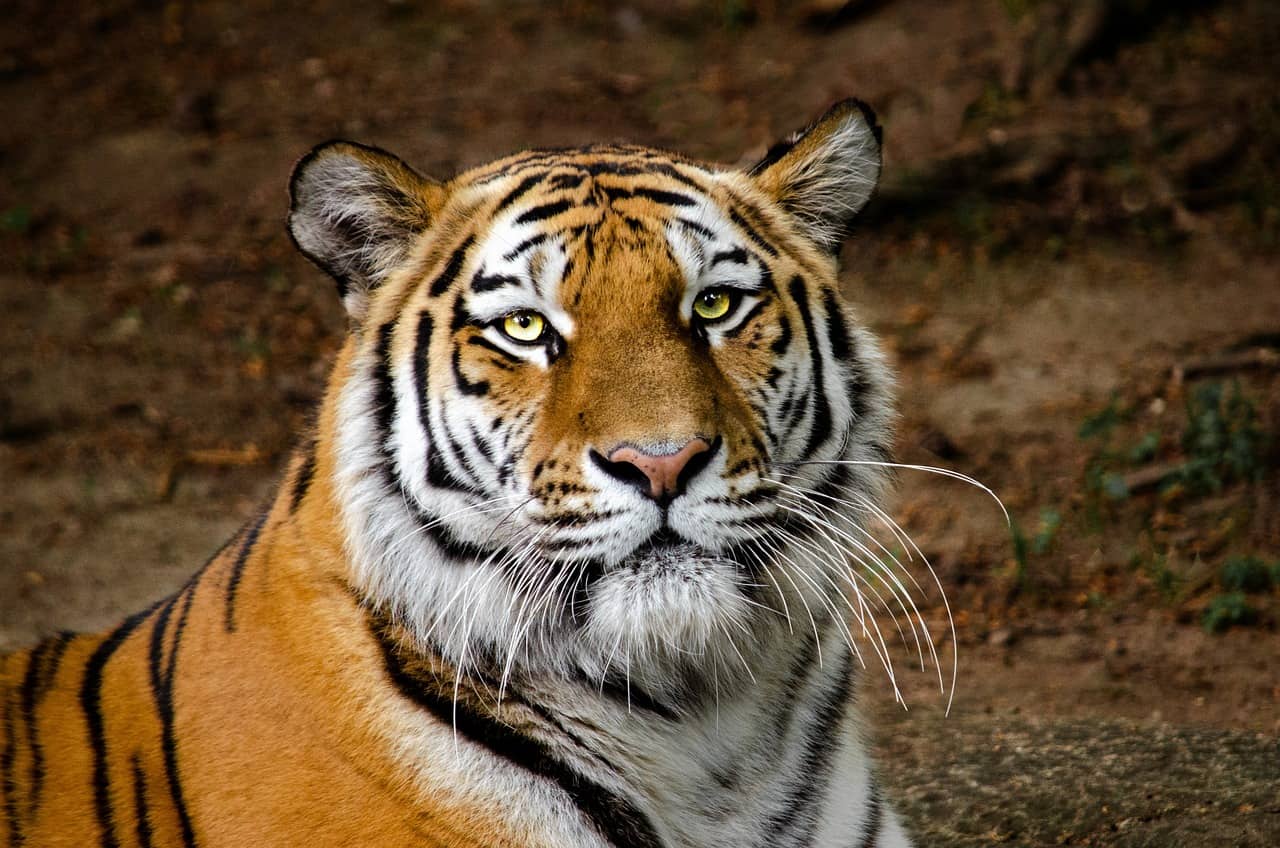
Siberian tigers are solitary creatures, each requiring a vast territory to find enough prey to sustain themselves.

5. Territorial Marking
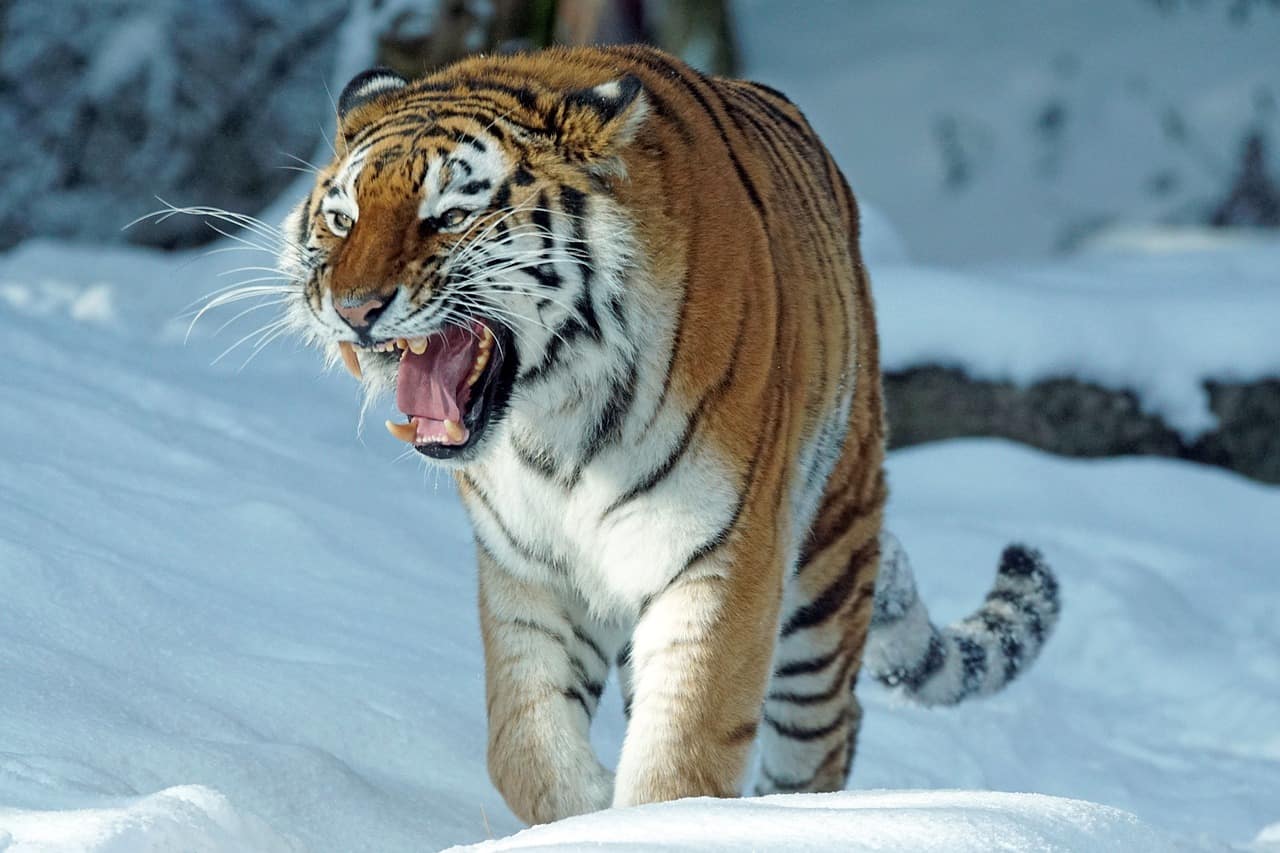
They mark their territories with scent markings and scratches on trees to communicate with other tigers and avoid conflicts.
6. Powerful Swimmers
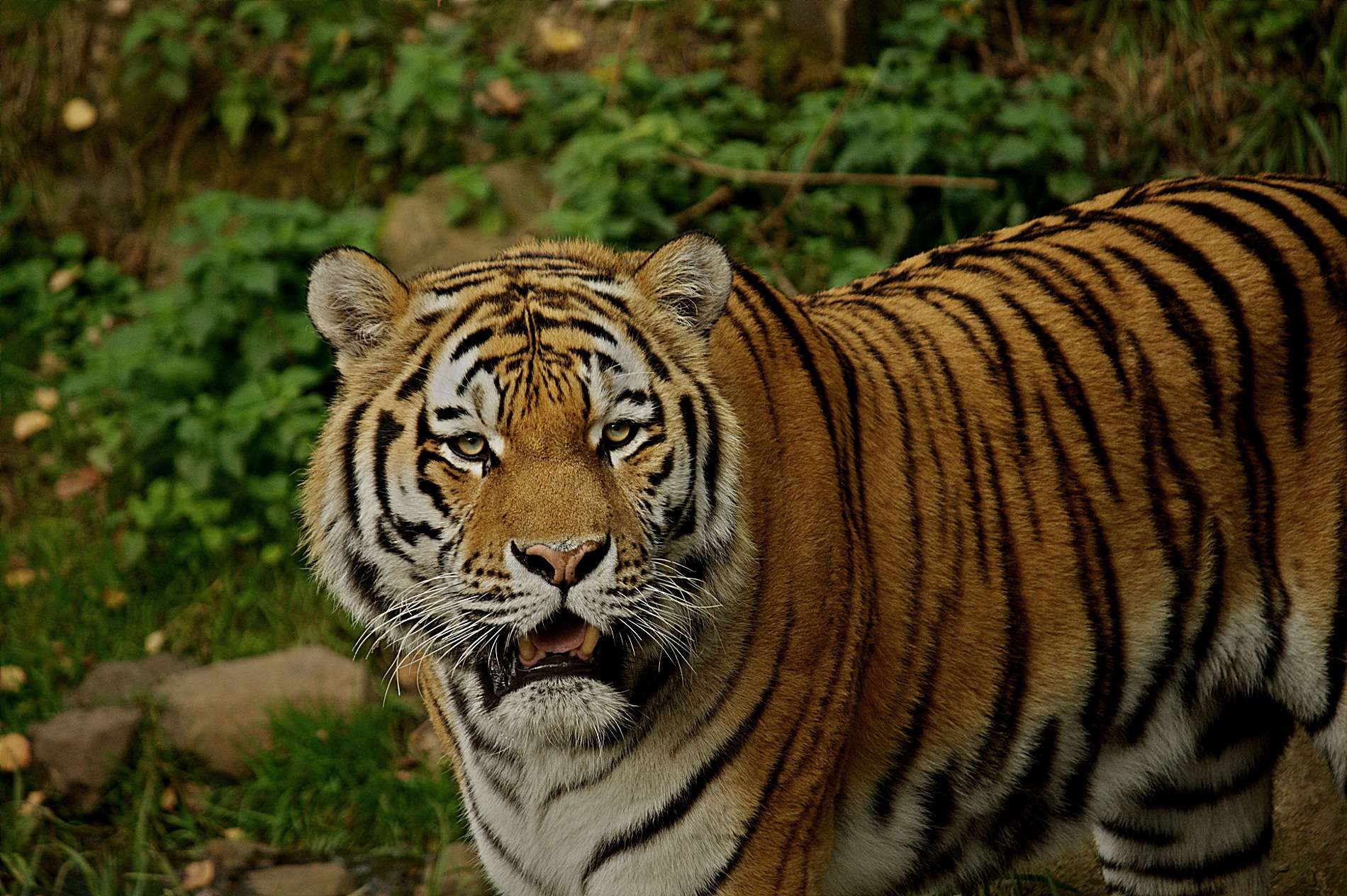
Siberian tigers are excellent swimmers and can cross rivers up to 5 miles wide in search of food or territory.
7. Unique Stripes

No two Siberian tigers have the same pattern of stripes, which helps in identifying individuals.
8. Night Vision

They have excellent night vision, six times better than humans, allowing them to hunt effectively in the dark.
9. Diverse Diet

Their diet mainly consists of large ungulates like deer and wild boar, but they can also hunt smaller animals, fish, and even birds.
10. Silent Hunters

Siberian tigers have soft footpads that allow them to walk silently and stealthily approach their prey.
11. Incredibly Strong

They can drag prey weighing up to 1,300 pounds, more than twice their own body weight.
12. Mating Rituals
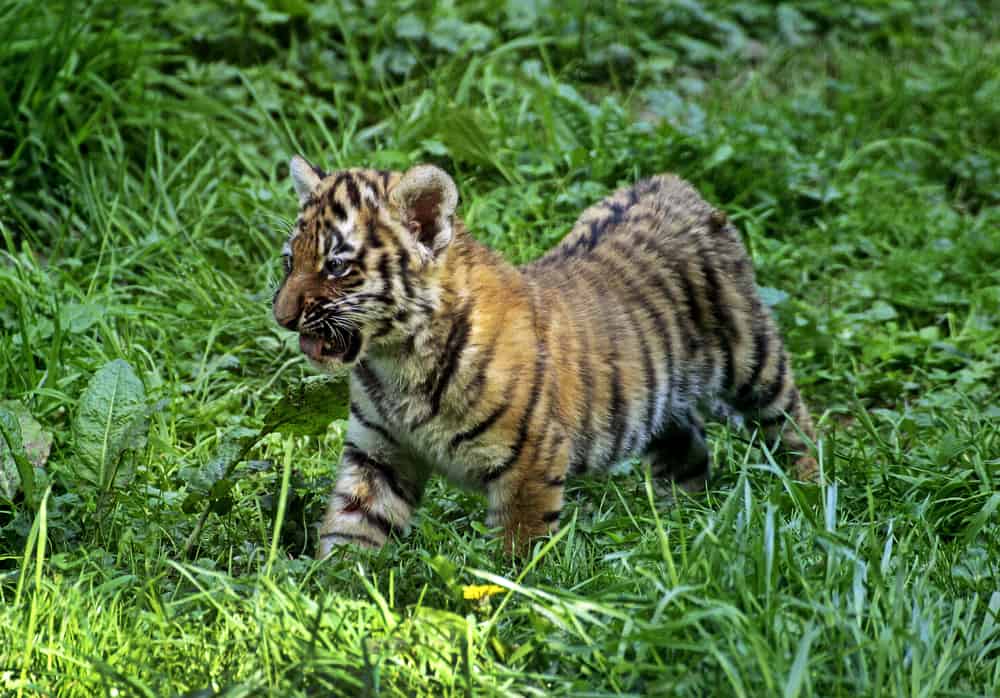
Mating pairs stay together for a few days, and after mating, the male leaves, with the female raising the cubs alone.
13. Long Gestation Period

The gestation period for Siberian tigers is about 3.5 months, resulting in litters of 2-4 cubs.
14. High Cub Mortality

About half of the cubs do not survive past two years due to factors like predation, disease, and food scarcity.
15. Vocal Communication

They use a range of vocalizations to communicate, including roars, growls, moans, and chuffing sounds.
16. Winter Adaptations
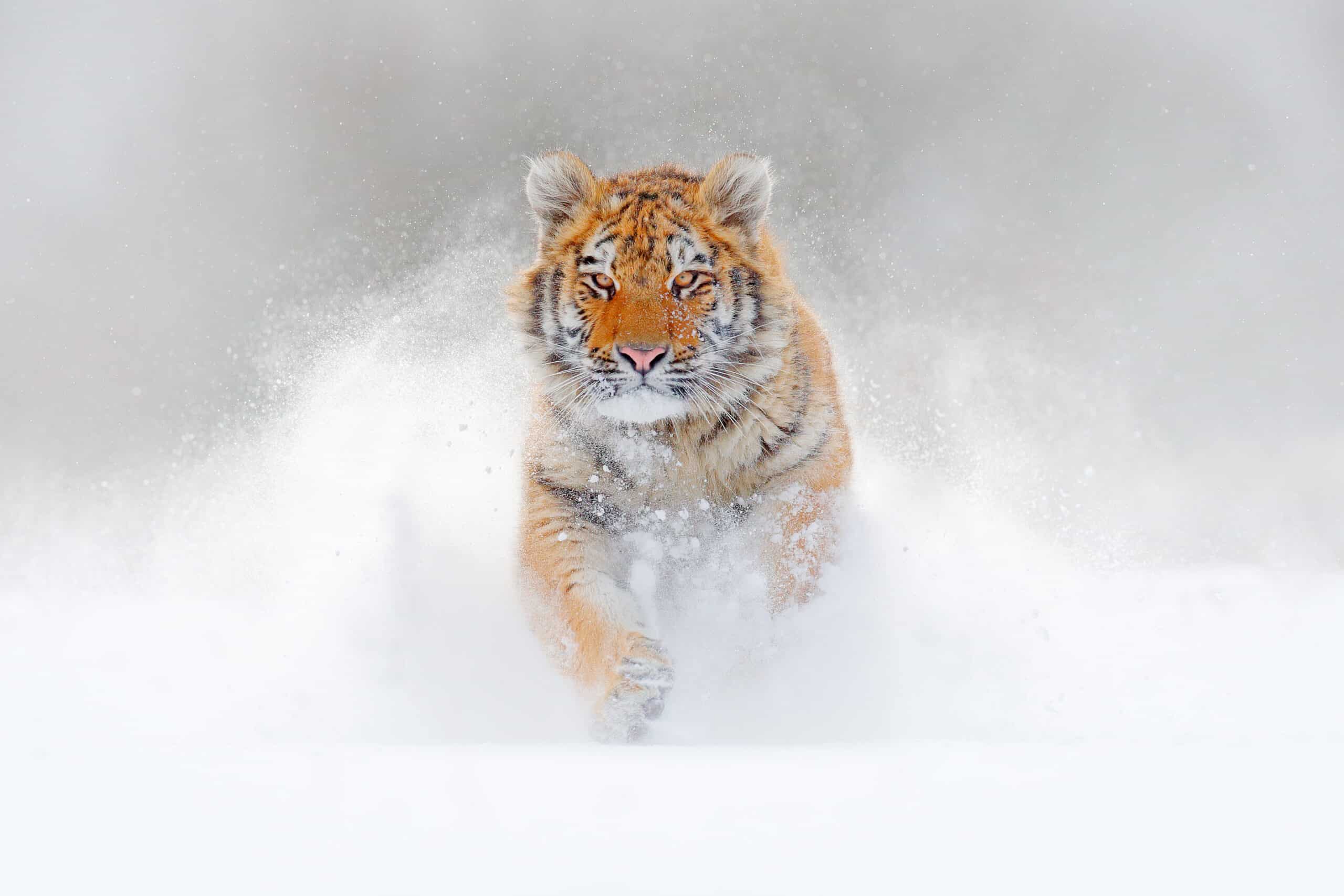
Their body fat can increase significantly in winter to help insulate against the cold, and their paws grow furrier for better traction on snow.
17. Historical Range
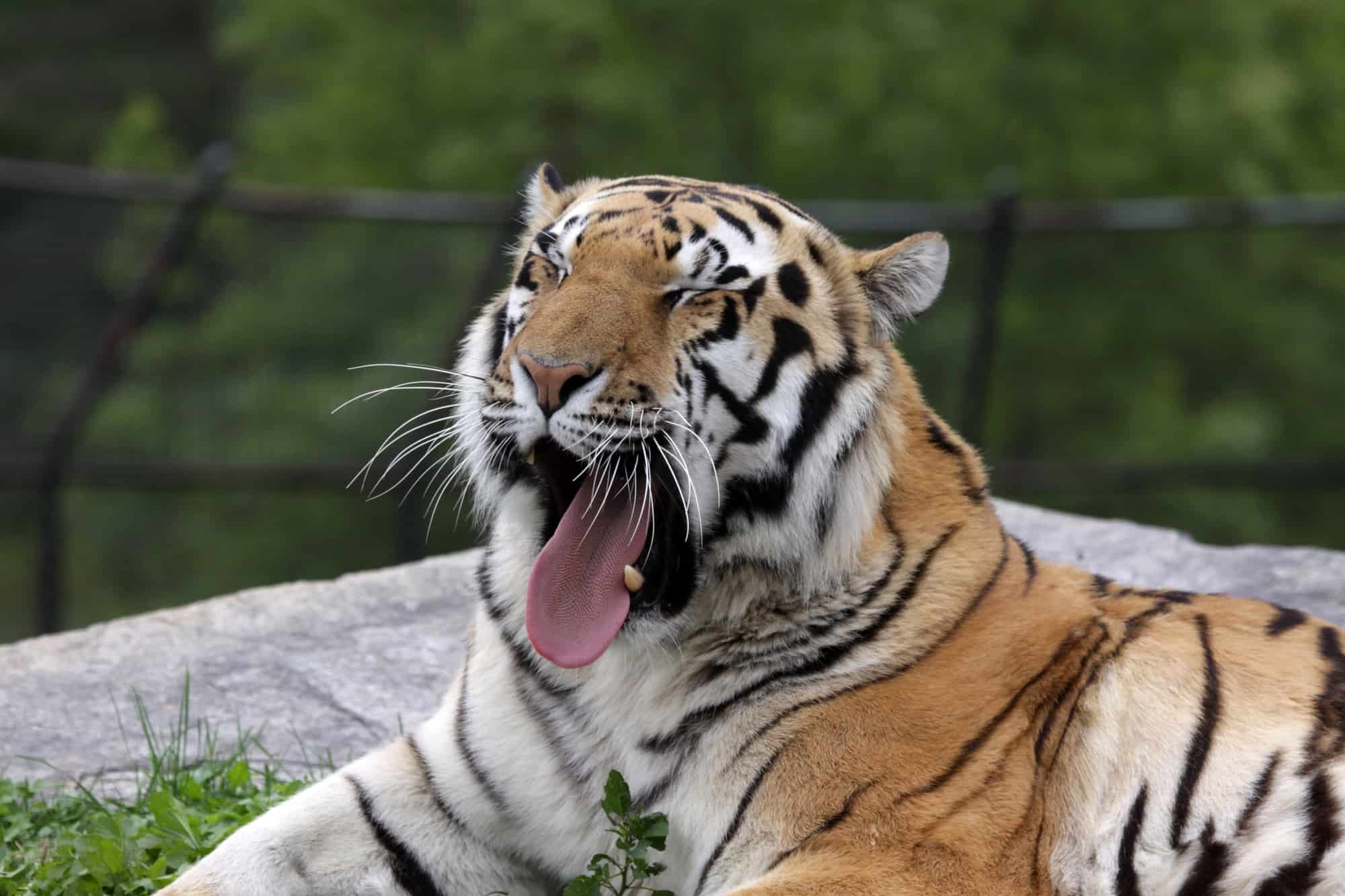
Historically, Siberian tigers ranged throughout much of eastern Russia, northern China, and the Korean Peninsula, but their range has significantly decreased.
18. Conservation Efforts
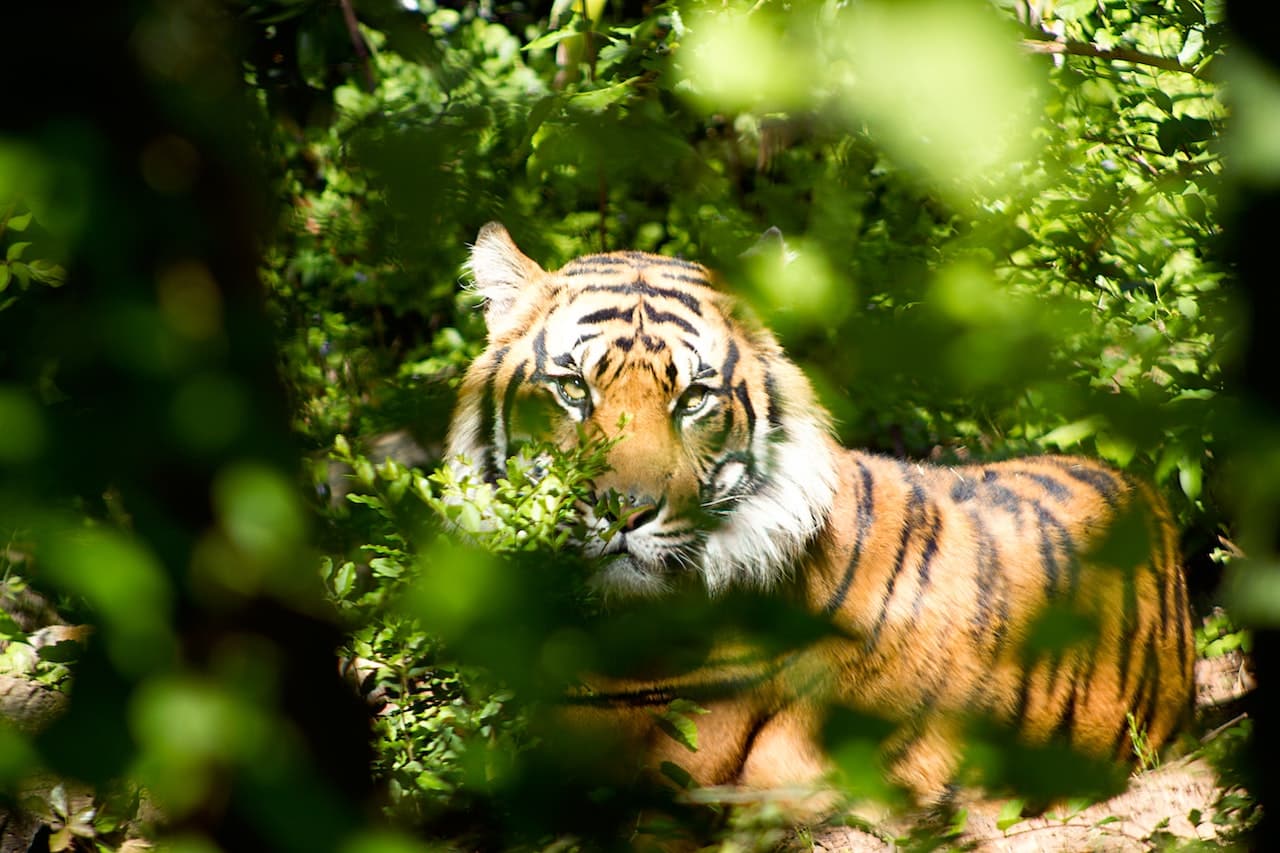
Conservation efforts, including anti-poaching measures and habitat preservation, have helped stabilize their population in recent years.
19. Symbolic Meaning

In Russian culture, Siberian tigers are often seen as symbols of strength, bravery, and the wild beauty of nature.
20. Lifespan in the Wild
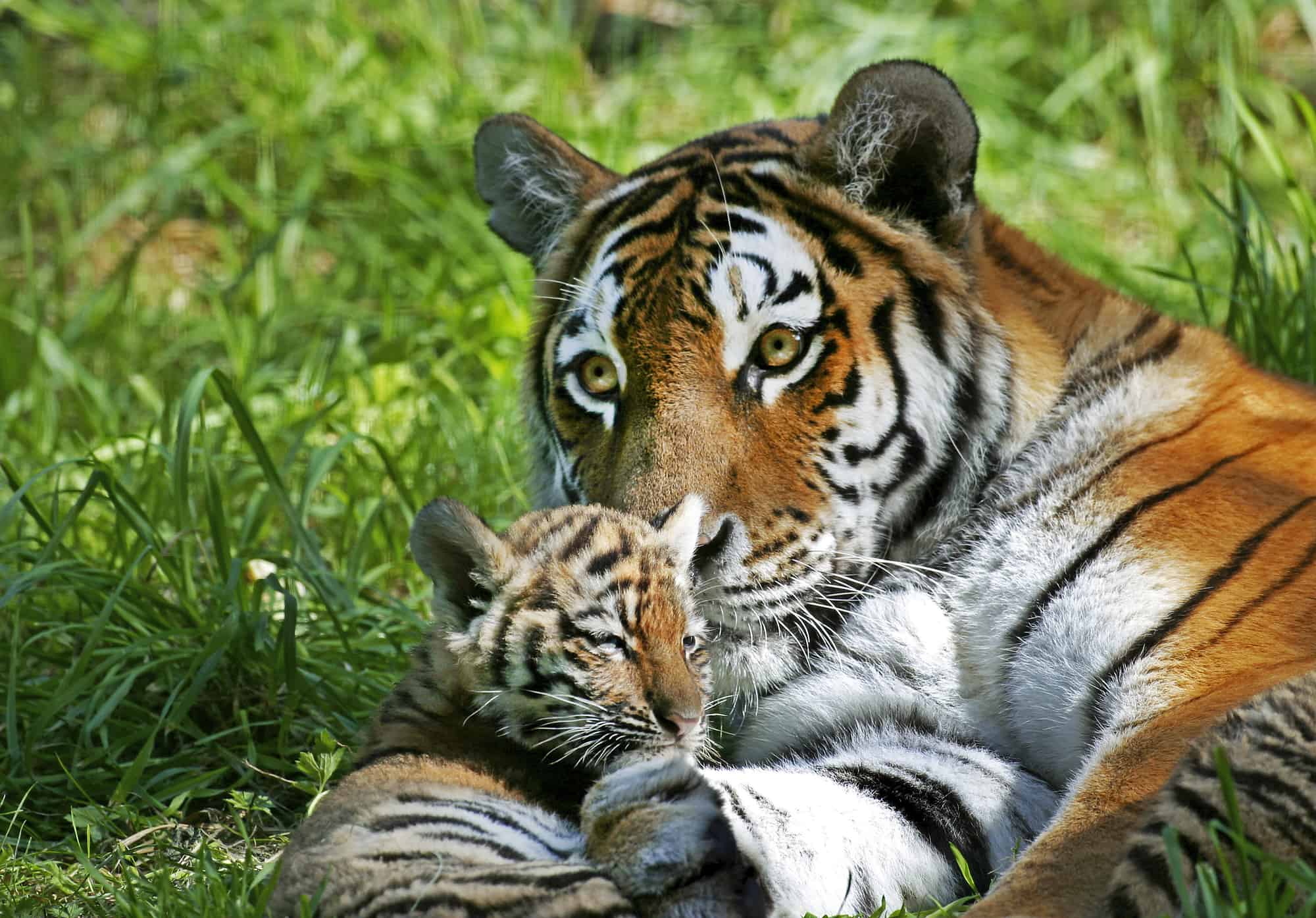
In the wild, Siberian tigers live about 15-20 years, but in captivity, they can live up to 25 years due to better living conditions and medical care.
These incredible facts highlight the unique adaptations and characteristics of Siberian tigers, emphasizing the importance of ongoing conservation efforts to protect these majestic animals.
Join our Forum for free today!

- These are The 5 Largest Great White Sharks Ever Recorded - July 19, 2024
- The Surprising Benefits of Big Game Hunting - July 18, 2024
- $100k+ Hunting Experiences The Most Expensive Animals to Pursue - July 17, 2024

